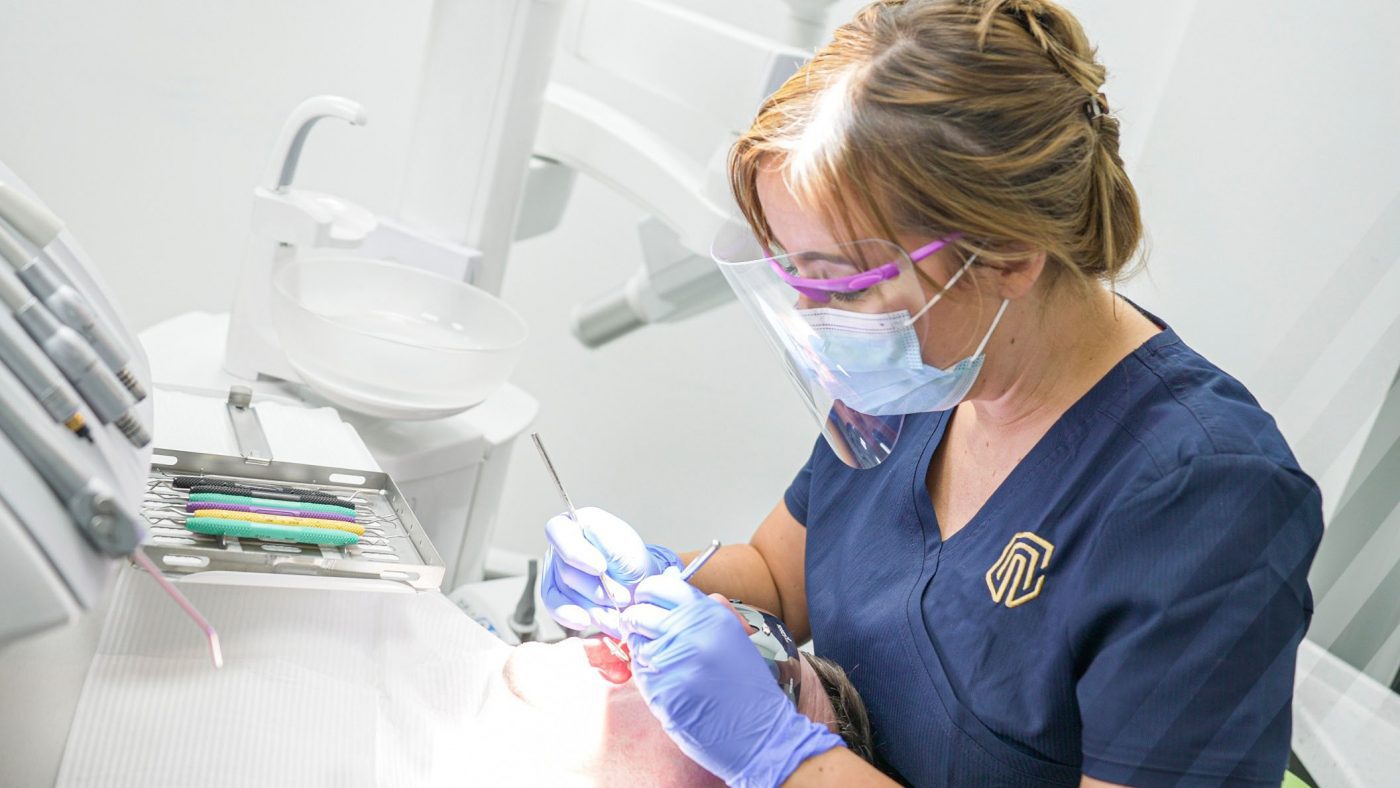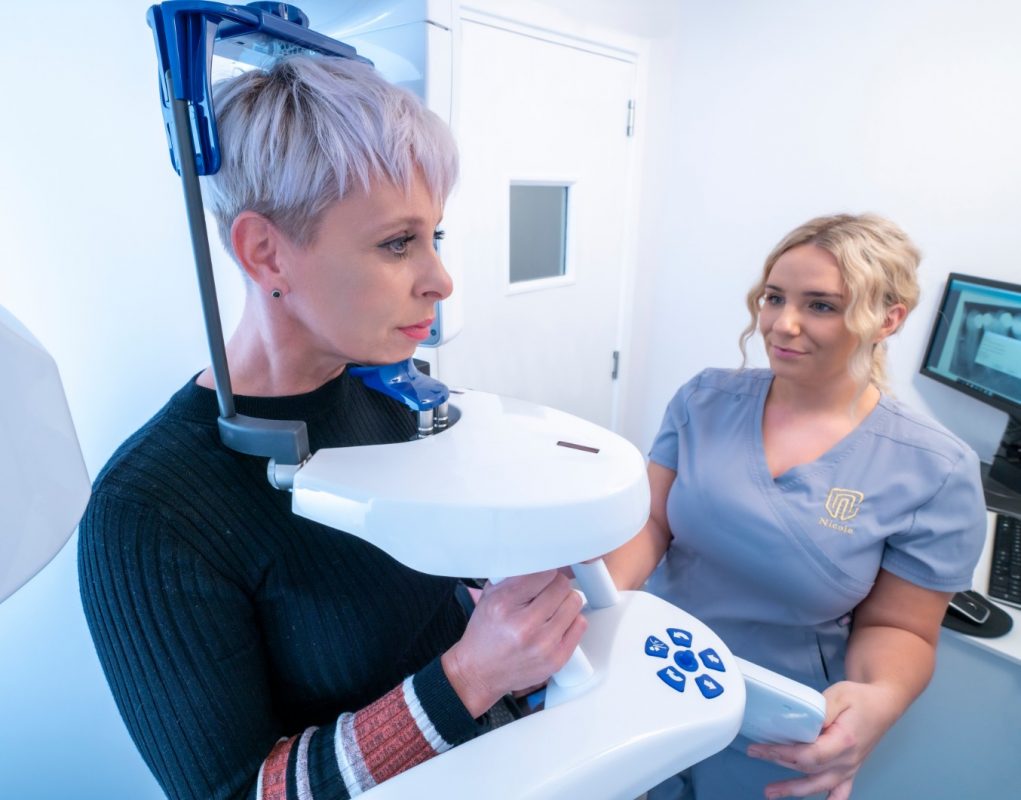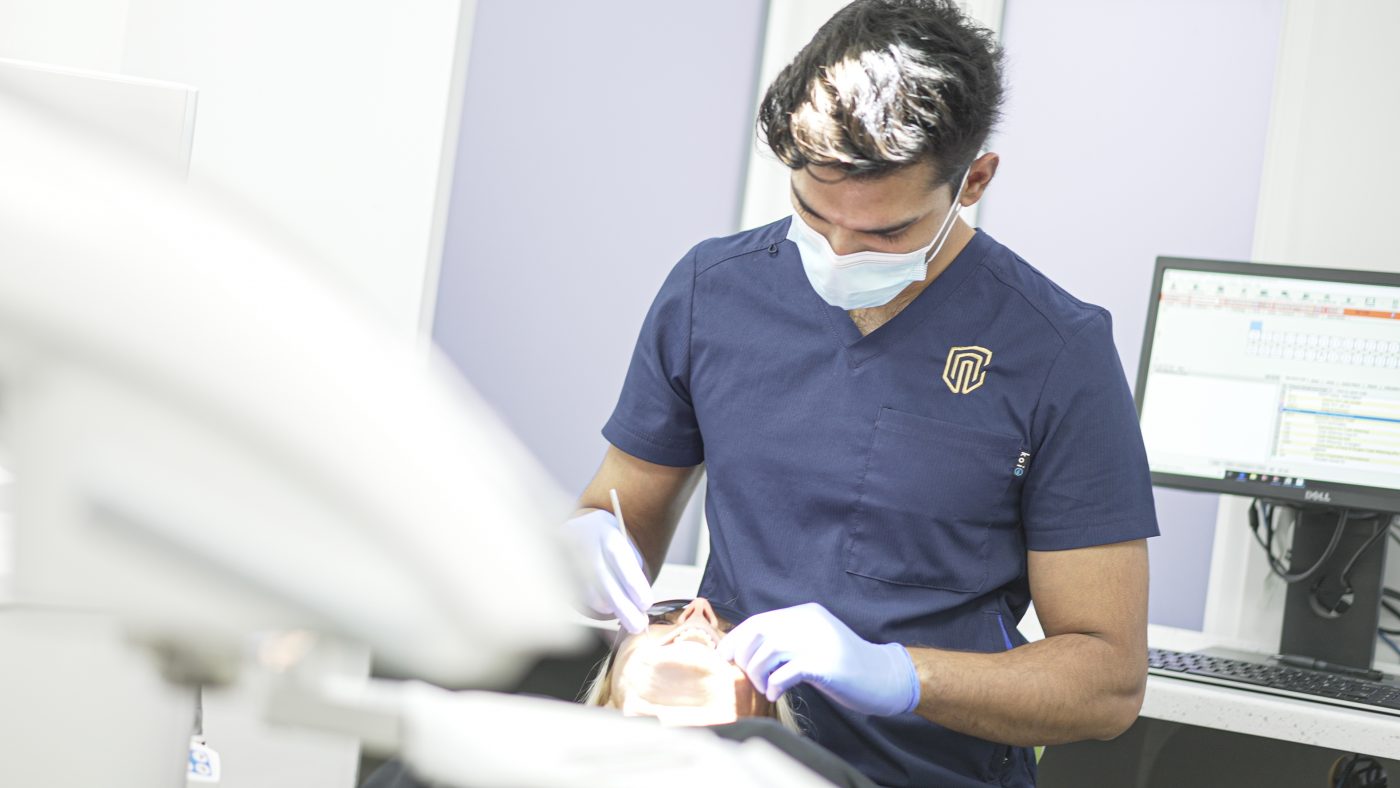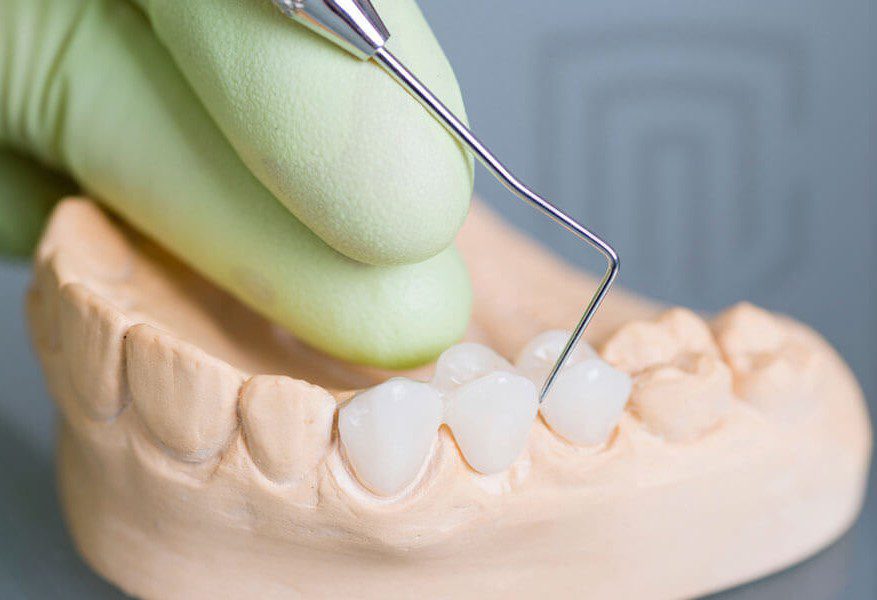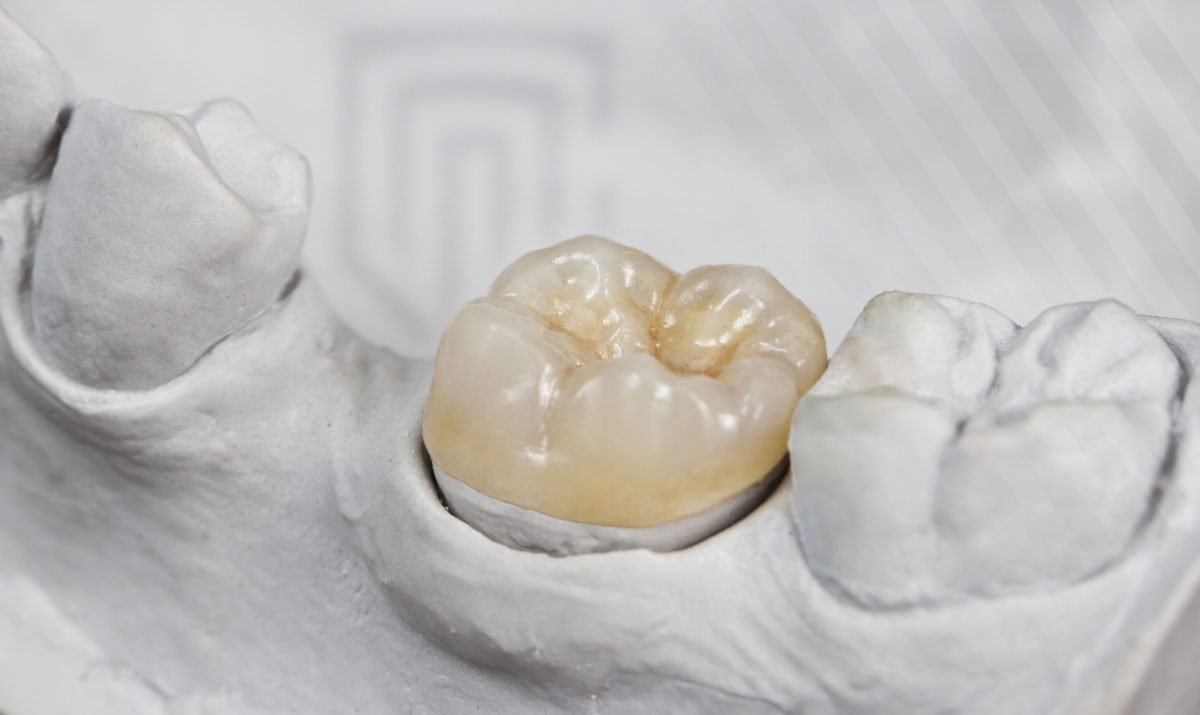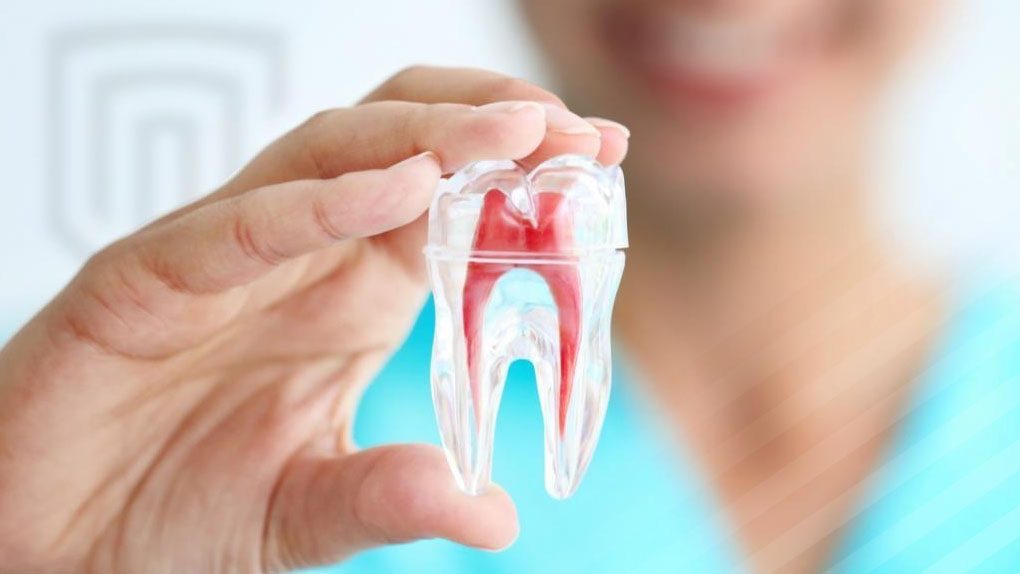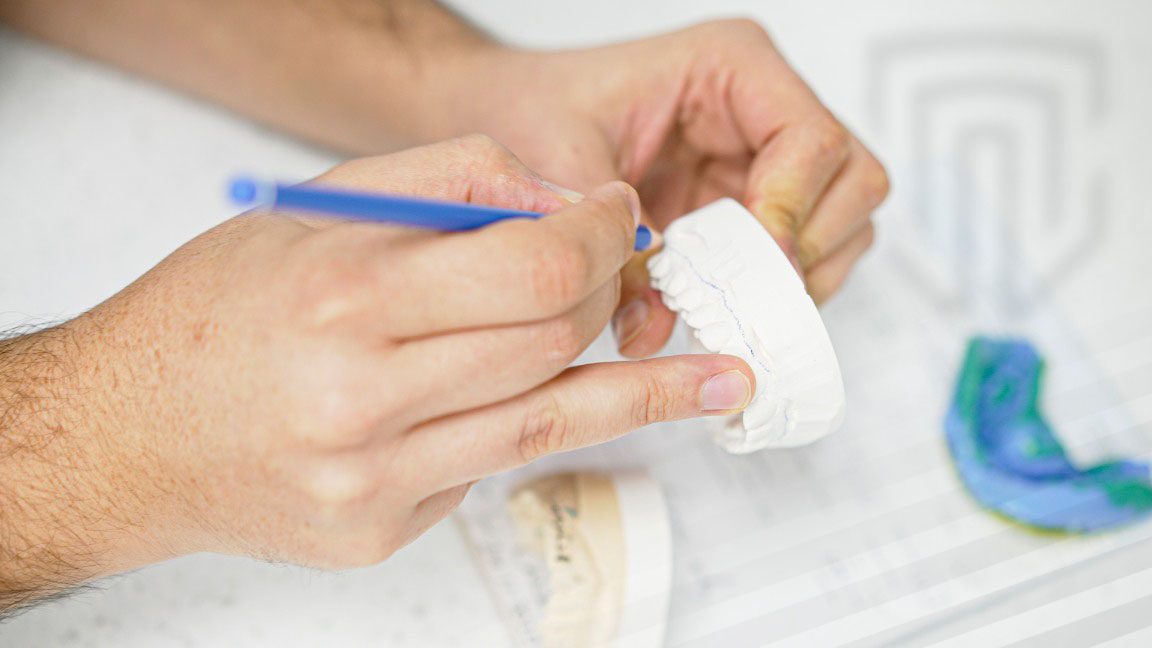Gum disease affects a large proportion of the population. Oral hygiene, genetics and lifestyle factors all play a part. Your gum health can also affect the rest of your body and having healthy gums can improve your systemic health.
Our dedicated and passionate hygiene team will work with you to give you the best chance of achieving gum health. The success of periodontal treatment is hugely dependent on how well we tailor the instructions to your needs. You can count on us to give you the best possible care.
What will my hygienist appointment entail?
Hygiene appointments vary from person to person, but generally we carry out the following steps:
- Assess your gum condition for signs of gum disease
- Remove plaque, tartar and surface stains from your teeth
- Assess your oral hygiene and offer tailored advice to improve your daily plaque removal
- Assess the health of any dental implants you may have
- Determine whether further appointments are required to restore your gum health
FAQs
Periodontitis (gum disease) affects the supporting structures which hold our teeth in place. It is caused by the body’s reaction to plaque – the film of bacteria that forms on our teeth. If plaque is not thoroughly removed from the gum line everyday with a toothbrush and interdental brushes, inflammation can occur. Plaque can harden to form tartar (calculus).
This first stage of inflammation is called gingivitis. It is very common and is reversible if caught early. However, if gingivitis remains untreated it can develop into periodontitis – this causes irreversible damage to the tissues that support the teeth.
Over time, this inflammation causes the gums to come away from the teeth. A space (called a pocket) can form between the teeth and gums, which allows plaque to form below the gum line. Over time, in susceptible individuals, this causes damage to the bone that supports the teeth.
45% of the population are susceptible to gum disease to various extents. 10% of people have a severe form of gum disease.
There is often a family history of gum disease. However, smoking, stress and uncontrolled diabetes can make gum disease worse and potentially accelerate the damage to the periodontium.
Gum disease, is triggered by plaque bacteria on the teeth therefore if you can keep your teeth and gums clear of plaque then you should not be affected by gum disease. The best way to do this is by brushing two times daily for two minutes followed by cleaning in between your teeth with floss or inter-dental cleaning brushes or aids. Brushing your teeth with a manual or electric toothbrush only cleans two thirds of the surface area. Gum disease generally starts in between teeth where cleaning has not been adequate.
You should also see you dentist every 6 months for a check-up where he/she will check your gums. If they feel there is plaque or calculus (this is the name for plaque which has calcified onto the teeth) then they may recommend a scale and polish. Patients who exhibit signs of gum disease or build up on their teeth will be encouraged to see the hygienist. Some patients may only see the hygienist every six months whilst others may benefit from attending every three months.
Stopping smoking is essential for the successful treatment of gum disease.
The long-term consequences of gum disease can be:
- Recurrent painful gum infections
- Change of tooth position causing aesthetic problems
- Loose teeth causing problems with the bite
- Loss of teeth
- Debilitating problems with speech, the ability to chew and eat, appearance and confidence. It is therefore extremely important that gum disease is diagnosed and treated as early as possible in order to prevent these potential problems. Gum disease is preventable.
How do I know if I have gum disease?
Signs of gum disease can include:
- bleeding from the gums when brushing or even spontaneous bleeding
- Red swollen gums
- Halitosis (bad breath)
- Mobility (loose teeth)
- Receding gums
- Painful recurrent gum infections
- Bad taste
- Spaces opening up between teeth
- Changes to the position of teeth
- However, gum disease is often painless and symptoms vary vastly from person to person. Symptoms often do not become apparent until the disease has progressed to an extensive irreversible state. This is why it is a good idea to see a dentist and hygienist on a regular basis so that we can look for the first signs of gum disease and prevent damage occurring in the first place. It can be as easy as changing the way you hold your toothbrush.
The first step is an accurate diagnosis. This is done by using X-rays to assess bone levels, taking detailed measurements of the gum attachments around your teeth, recording your plaque levels, recording areas of bleeding, measuring areas where the gums have receded, and assessing any loose teeth.
We focus on teaching you to achieve an excellent level of oral hygiene by recommending the right toothbrush and technique for you, as well as teaching you to use interdental brushes between your teeth. This is the most important aspect of treating gum disease. Without achieving a good cleaning regimen, trying to treat gum disease is like trying to paint a house that is on fire.
We also need to make sure tartar deposits are thoroughly removed from your teeth.
Tartar is a rough surface that allows the bacteria to hold on tightly – much like the grouting between tiles. Removing the tartar makes your teeth smooth like the tiles, so that you can easily clean them.
Tartar above the gumline can be removed during a Scale & Polish appointment. However, tartar can also form below the gum line on the root surfaces of the teeth. Depending on the extent of these deposits, we may advise the use of local anaesthetic to remove the deposits thoroughly and painlessly for you. This deep cleaning procedure is known as Root Surface Debridement (RSD).
We also aim to give you advice that will help you modify any factors that are contributing to your gum disease. For example, smoking and high blood sugar levels (diabetes) increase your susceptibility to gum disease. It is important to note that people who smoke often do not respond as well to treatment as non-smokers do. If you have diabetes that is poorly controlled, we advise that you meet with your GP to discuss improving this.
This treatment, alongside regular maintenance appointments, is usually sufficient to manage gum disease. However, occasionally a referral to a periodontal (gum) specialist may be advised and arranged. Treatment may involve a surgical approach.
You should discuss all available options with your dentist, but generally your options are:
1. Dental Implants – this is the best replacement for a missing tooth and is independent of your other teeth. It consists of a small titanium screw that replaces the root of your tooth and acts as an anchor for fixed teeth. Your bone levels will need to be assessed and any gum disease needs to be treated and stable. Implants are susceptible to gum disease, just as teeth are, so a carefully planned approach is necessary.
2. A bridge – this is a false tooth/teeth fixed to the teeth either side of the space. Having a bridge depends on the health of the teeth and gums of the teeth either side of the space.
3. A denture – these are removable teeth that go in and out. They can look very good but function is compromised and they can have an adverse effect on your remaining teeth.
4. Leave a space – you may wish to do this if it is a back tooth and does not affect your appearance or ability to eat.
This will vary from person to person; your hygienist or dentist will advise how often you need to be seen. For patients with a history of gum disease, this will be on a regular 3 monthly basis for monitoring and maintenance of their gum health. For some patients, regular 4-6 monthly appointments to keep staining and tartar at bay is recommended. For patients who do not have gum disease and have a very good level of oral hygiene, an annual appointment may be recommended.
Talk to your dentist or hygienist if you have any concerns at all about your gum health. The British Society of Periodontology website is also a great source of information.
Block "6814" not found
STILL HAVE A QUESTION?
Contact us at North Cardiff and Dental Implants on 029 2267 9999 to find out more about any of our treatments or book a consultation with one of our experienced clinicians.
